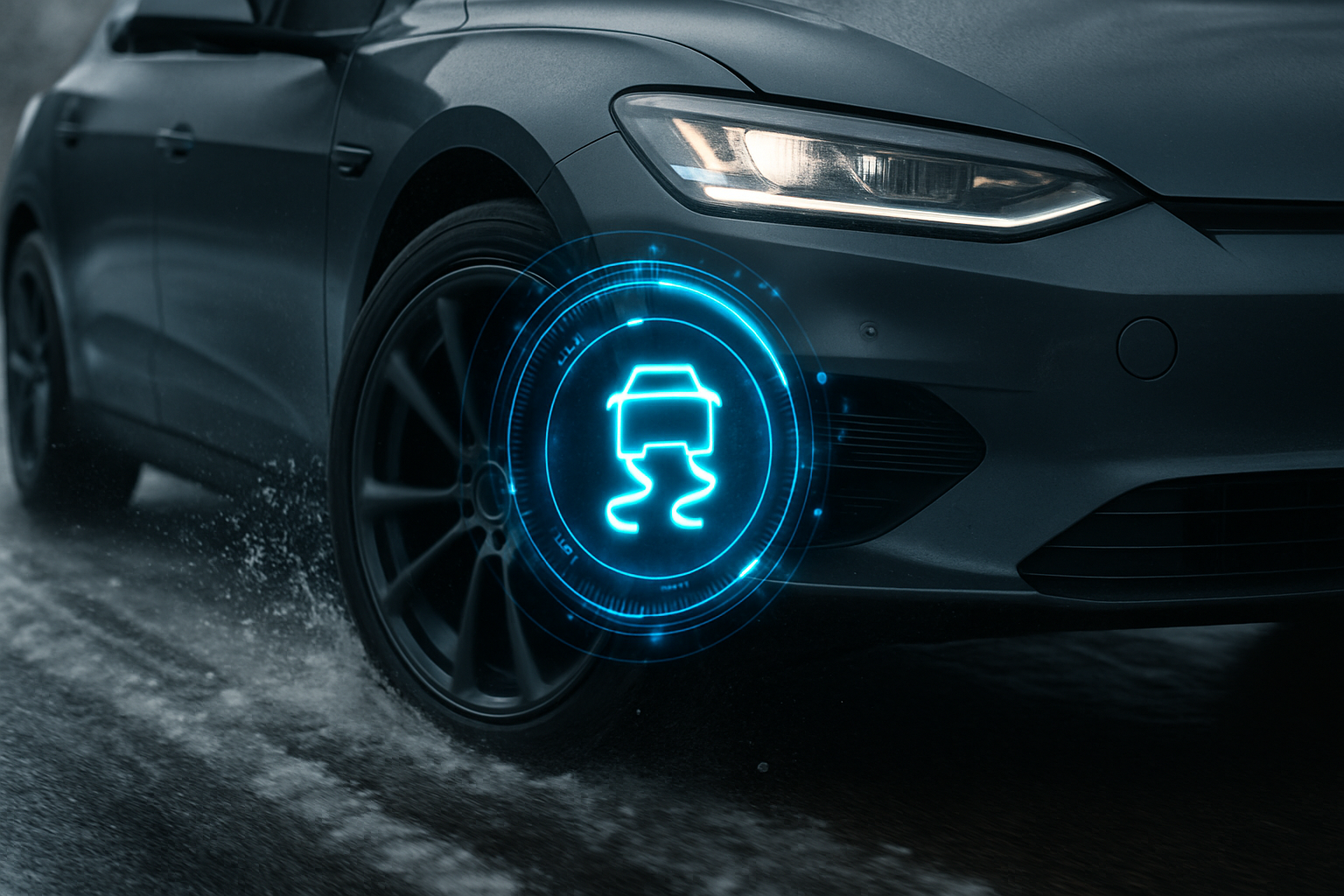Harnessing the Power of Hydraulic Chassis Control
In the world of automotive engineering, a quiet revolution is taking place beneath our feet. Hydraulic chassis control systems are redefining the driving experience, offering a level of precision and adaptability that was once the stuff of science fiction. This groundbreaking technology is transforming how vehicles interact with the road, promising a future where comfort, performance, and safety seamlessly coexist.

The Foundations of Hydraulic Chassis Control
Hydraulic chassis control systems represent the culmination of decades of automotive engineering innovation. At its core, this technology leverages the principles of fluid dynamics to manipulate a vehicle’s suspension in real-time. The system comprises a network of hydraulic actuators, sophisticated sensors, and a central control unit that work in harmony to adjust the vehicle’s ride height, damping, and roll characteristics on the fly.
The roots of this technology can be traced back to the early experiments with hydropneumatic suspension systems in the 1950s. However, it wasn’t until the advent of advanced electronics and high-speed computing that the true potential of hydraulic chassis control could be realized. Today’s systems are capable of making hundreds of adjustments per second, responding to road conditions and driver inputs with astonishing speed and precision.
The Mechanics Behind the Magic
At the heart of hydraulic chassis control lies a complex interplay of mechanical and electronic components. Each wheel is equipped with a hydraulic actuator that can extend or retract, effectively changing the vehicle’s ride height and damping characteristics. These actuators are connected to a central hydraulic pump and a series of valves that control the flow of fluid.
Sensors scattered throughout the vehicle constantly monitor a wide array of parameters, including wheel position, body movement, steering angle, and even G-forces. This data is fed into a powerful onboard computer that analyzes the information and makes split-second decisions on how to adjust the suspension.
The system’s ability to control each wheel independently is what sets it apart from traditional suspension setups. This allows for an unprecedented level of control over the vehicle’s dynamics, enabling it to counteract body roll, pitch, and dive with remarkable efficiency.
Benefits Beyond the Driver’s Seat
While the immediate benefits of hydraulic chassis control are most apparent to the driver, its impact extends far beyond the cockpit. From a safety perspective, the system’s ability to maintain optimal tire contact with the road surface in various conditions can significantly enhance a vehicle’s handling and stability, potentially reducing the risk of accidents.
Moreover, the technology contributes to improved fuel efficiency. By actively managing the vehicle’s aerodynamics through ride height adjustments, hydraulic chassis control can reduce drag at high speeds, leading to better fuel economy on long journeys. This adaptability also means that vehicles can be designed with a wider performance envelope, capable of delivering both sporty handling and luxurious comfort without compromise.
Challenges and Future Developments
Despite its numerous advantages, hydraulic chassis control is not without its challenges. The complexity of the system means higher initial costs and potentially more complicated maintenance procedures. There’s also the question of reliability – with more components comes an increased risk of failure.
However, as with many automotive technologies, these hurdles are likely to be overcome as the systems become more widespread and refined. Future developments may see the integration of artificial intelligence to predict and prepare for changes in road conditions before they occur. There’s also potential for these systems to communicate with smart infrastructure, adjusting vehicle dynamics based on upcoming road features or traffic patterns.
The Road Ahead for Hydraulic Chassis Control
As we look to the future, it’s clear that hydraulic chassis control will play an increasingly important role in shaping the vehicles of tomorrow. The technology’s ability to adapt to different driving conditions and preferences makes it an ideal fit for the ever-evolving automotive landscape.
We may soon see this technology trickling down from high-end luxury vehicles to more mainstream models, bringing a new level of comfort, safety, and performance to a wider audience. As urban environments become more complex and diverse, the adaptability offered by hydraulic chassis control could prove invaluable in navigating everything from potholed city streets to smooth highways.
The integration of this technology with other advanced systems, such as active aerodynamics and intelligent power management, promises to create vehicles that are not just transportation devices, but highly responsive machines attuned to both their environment and their occupants’ needs.
In conclusion, hydraulic chassis control represents a significant leap forward in automotive engineering. It’s a technology that not only enhances the driving experience but also pushes the boundaries of what we thought possible in vehicle dynamics. As we continue to innovate and refine these systems, we’re not just improving cars – we’re redefining the very nature of the relationship between vehicle, driver, and road.





